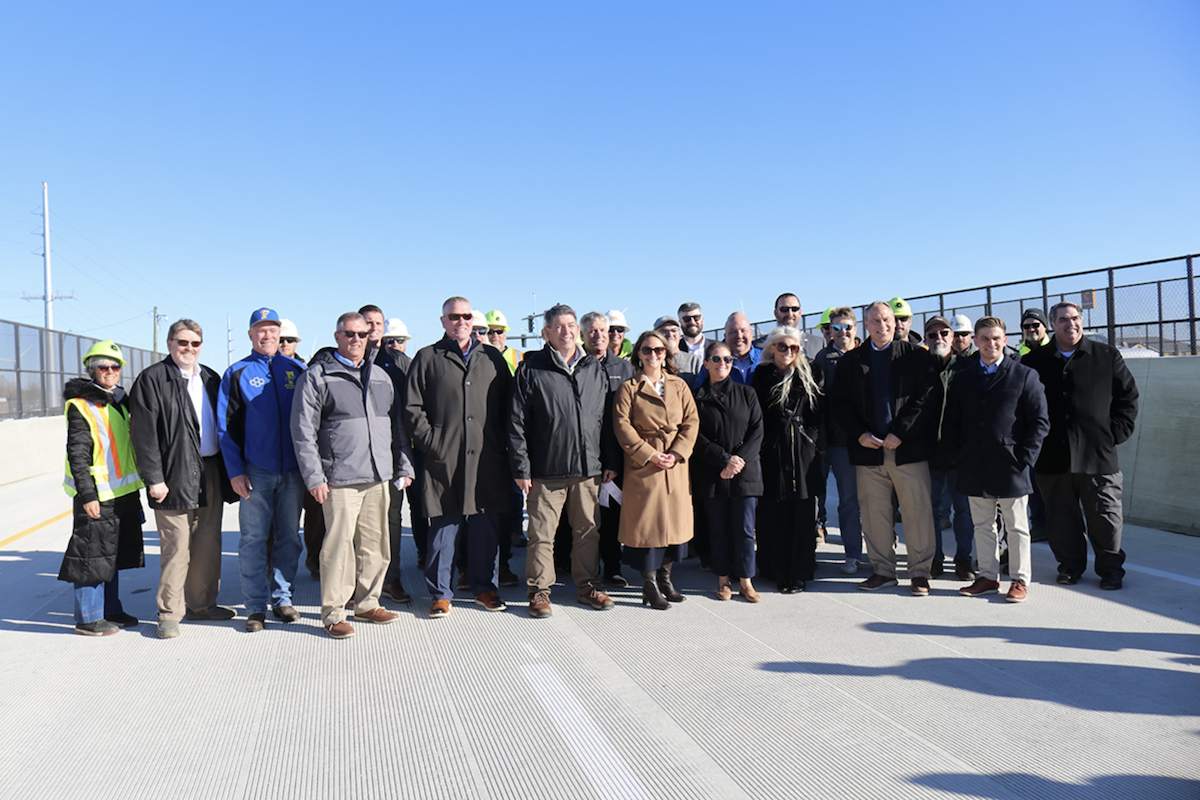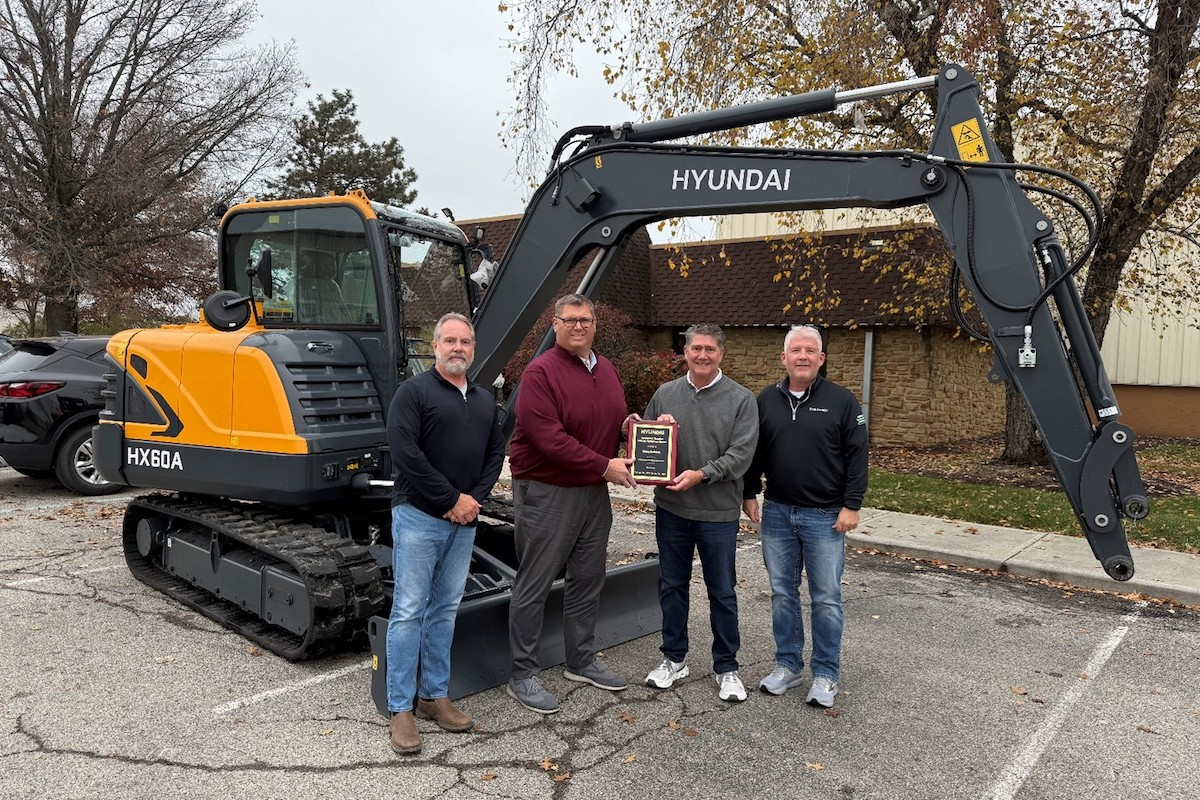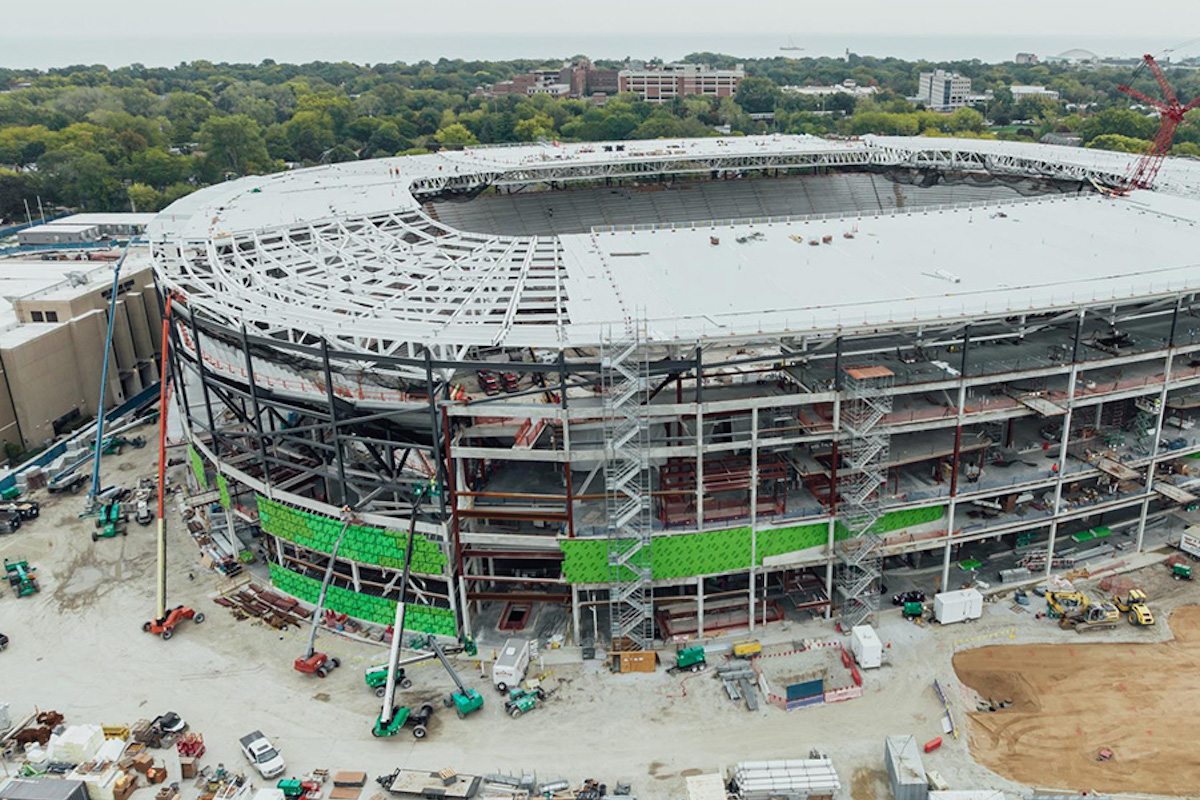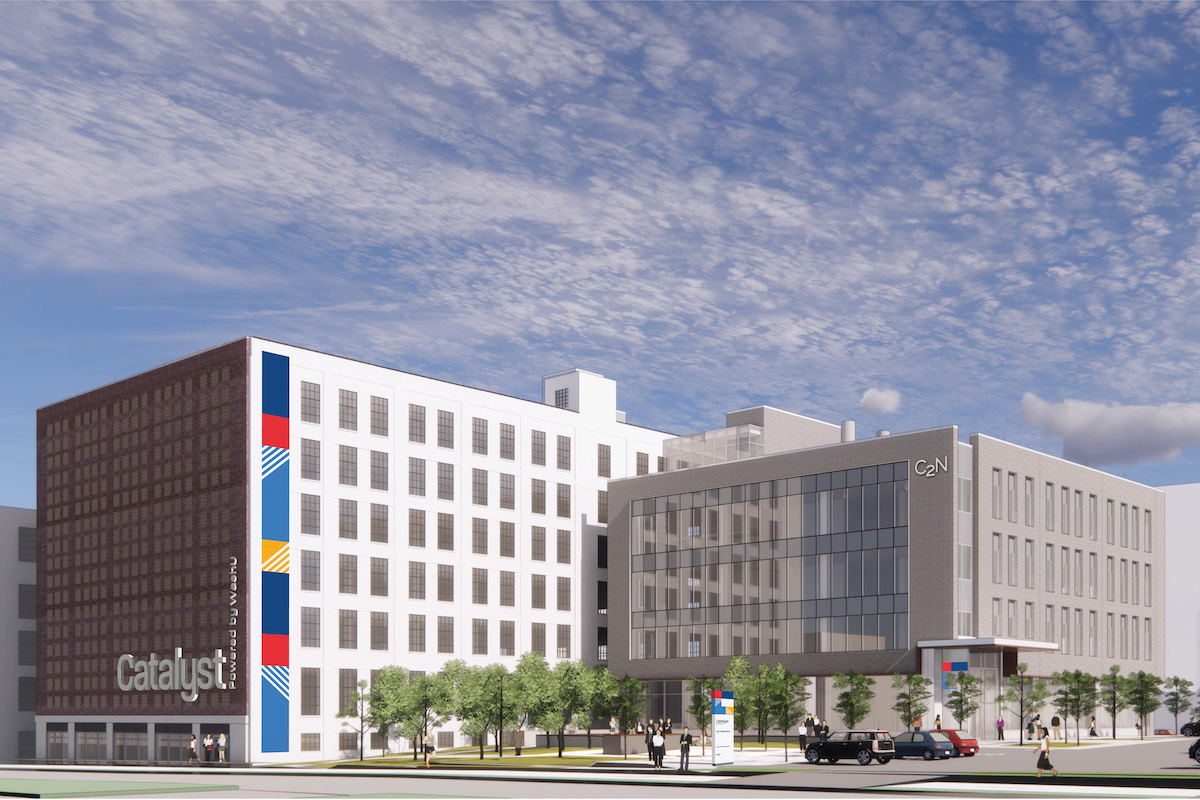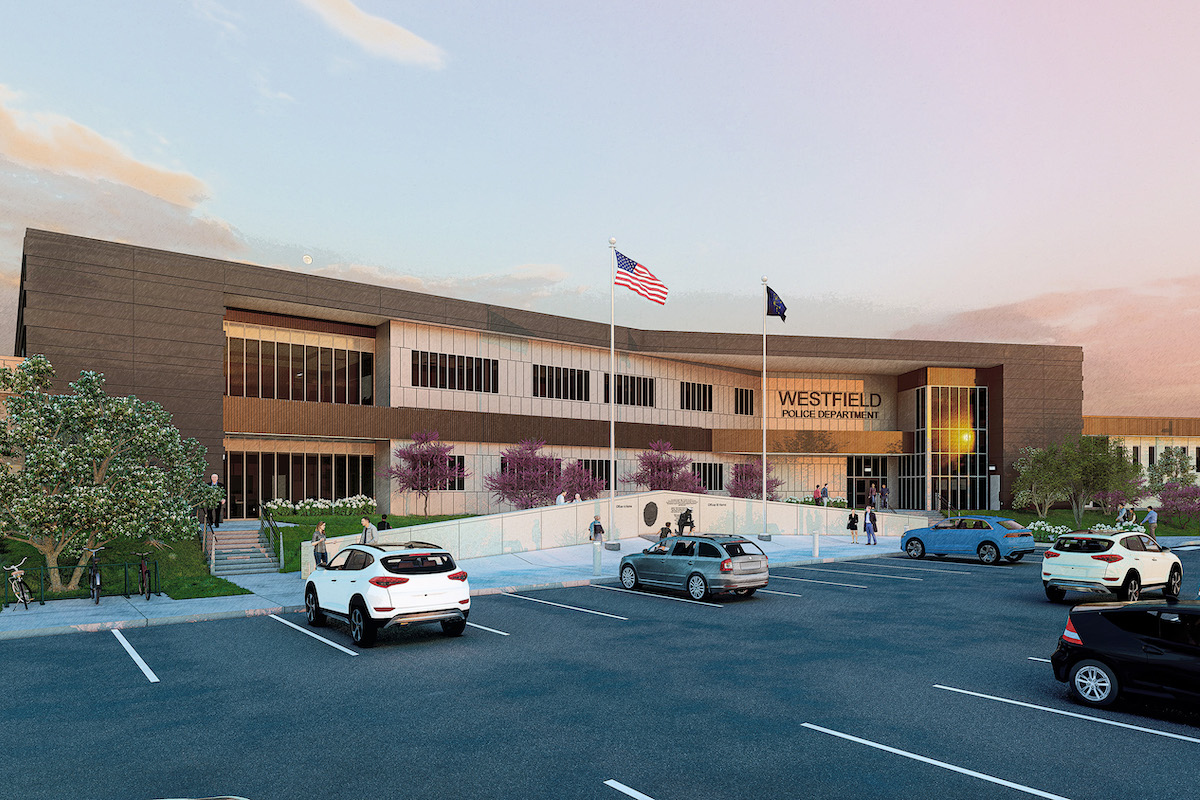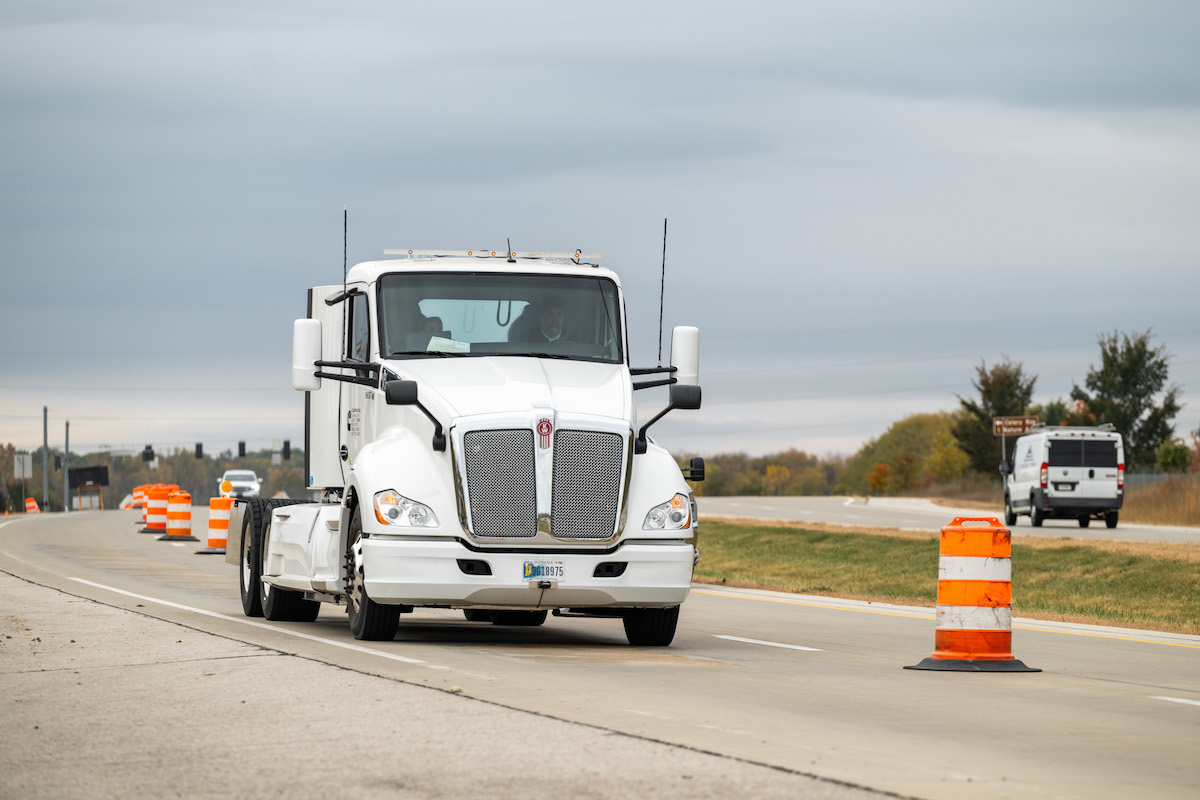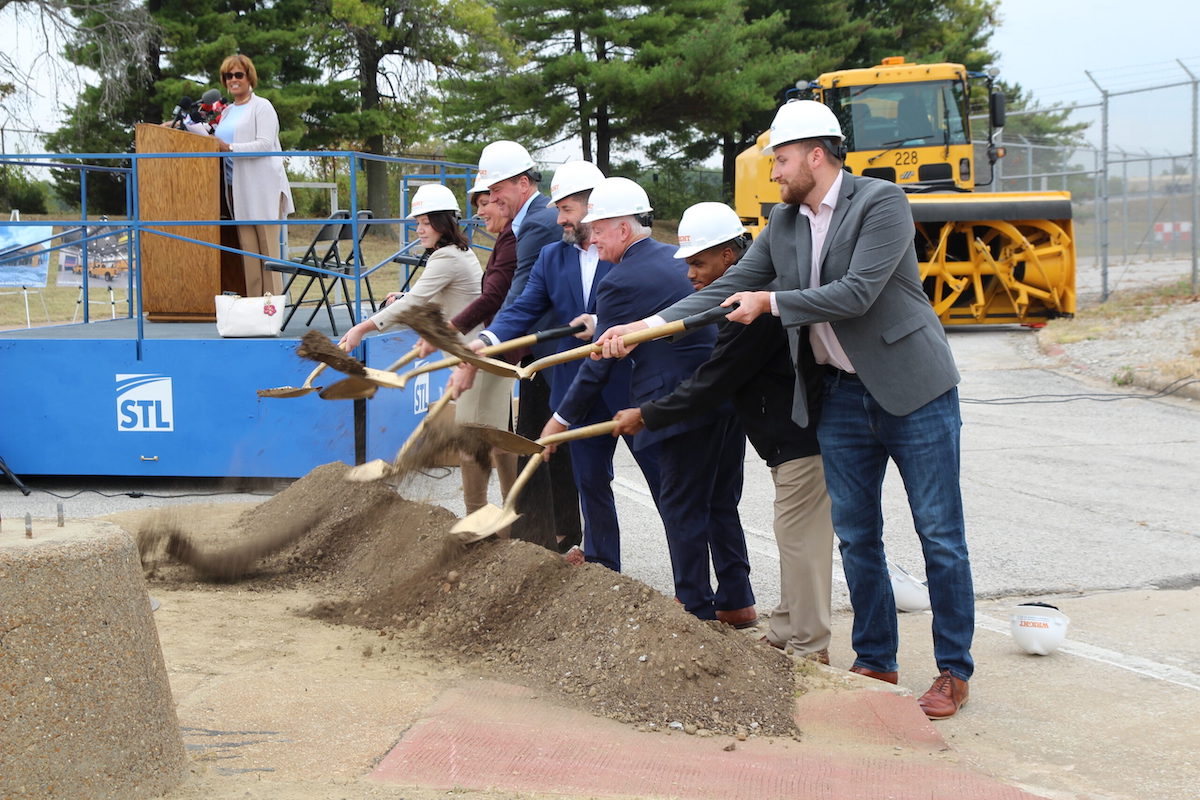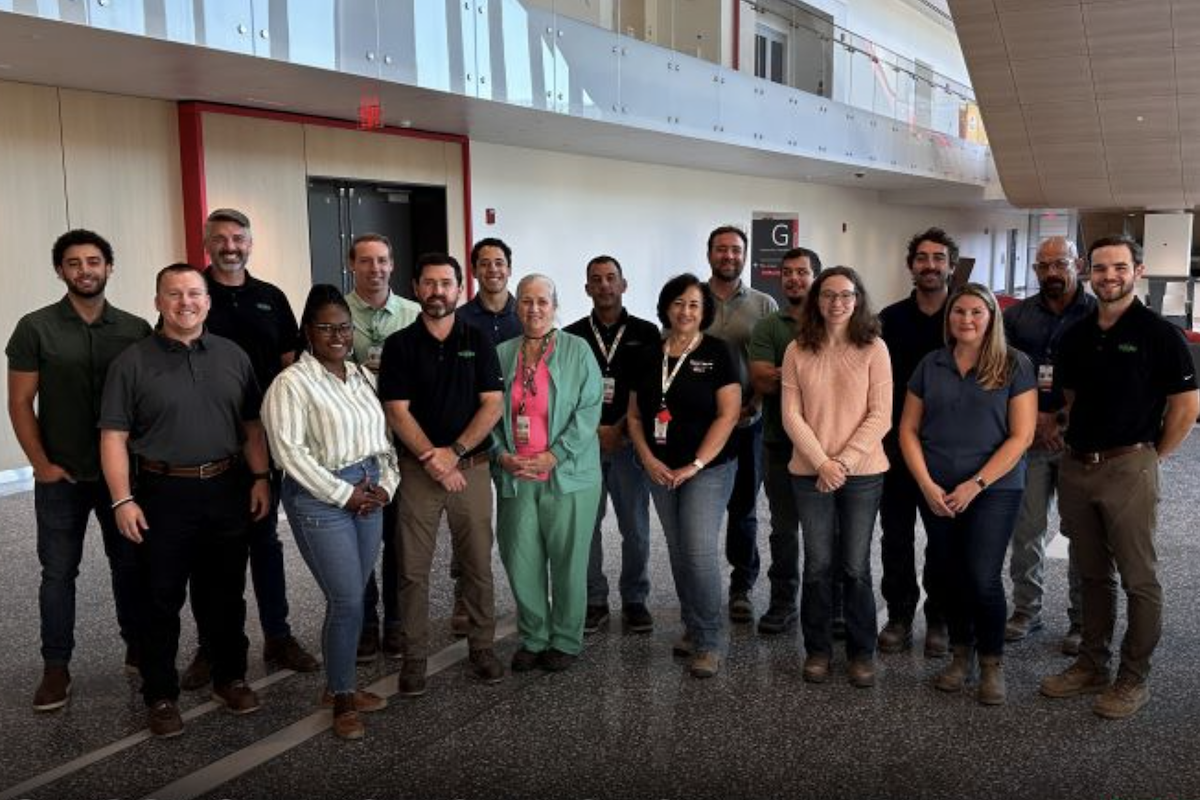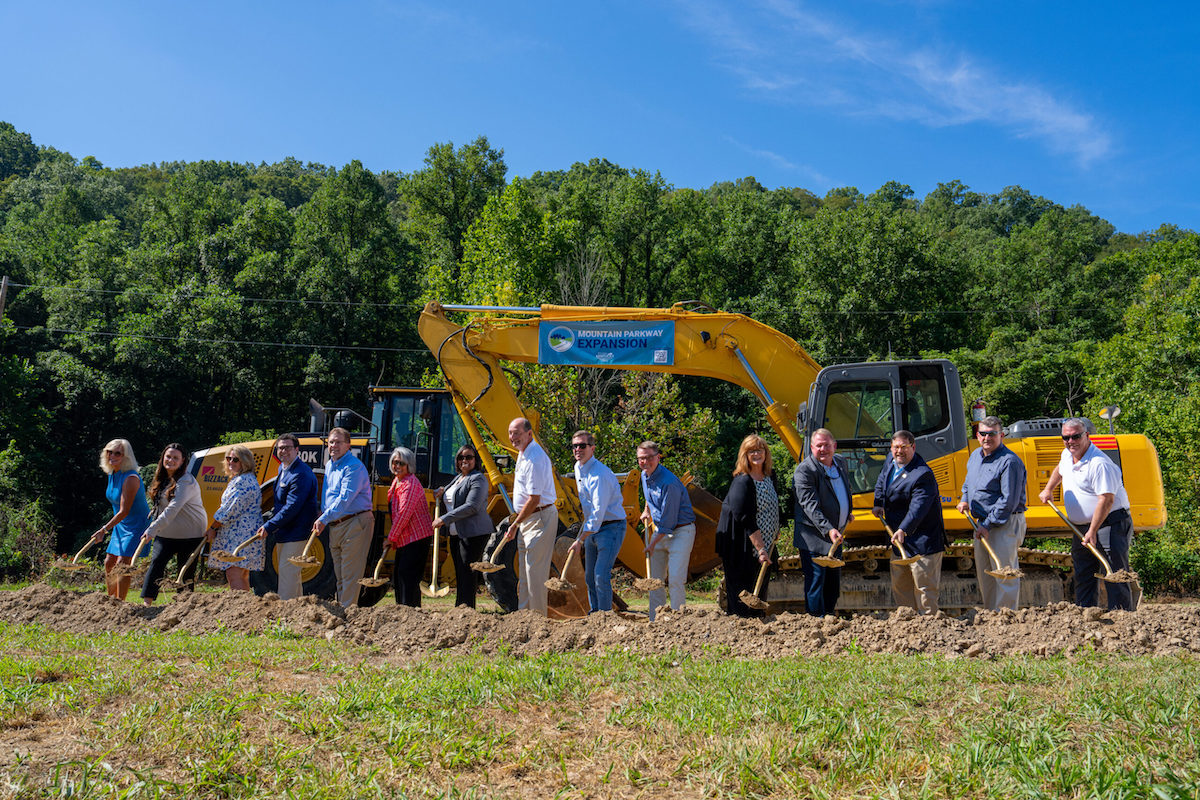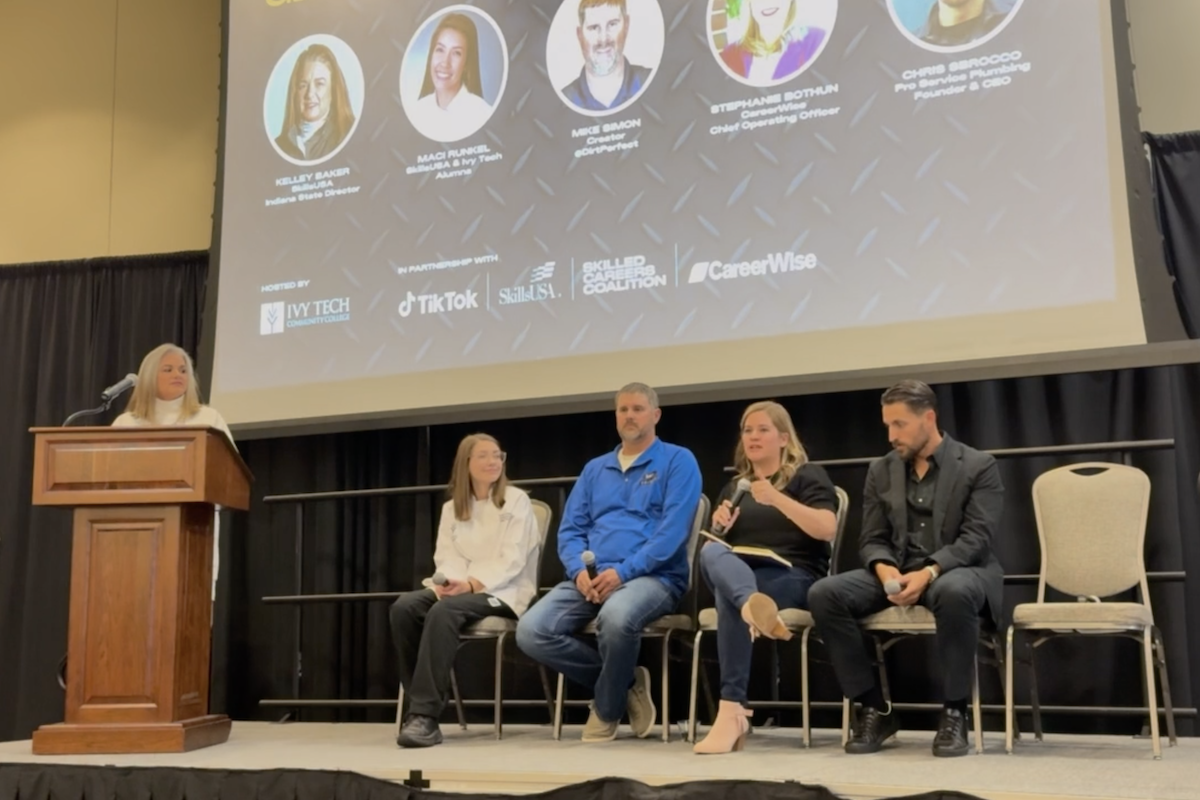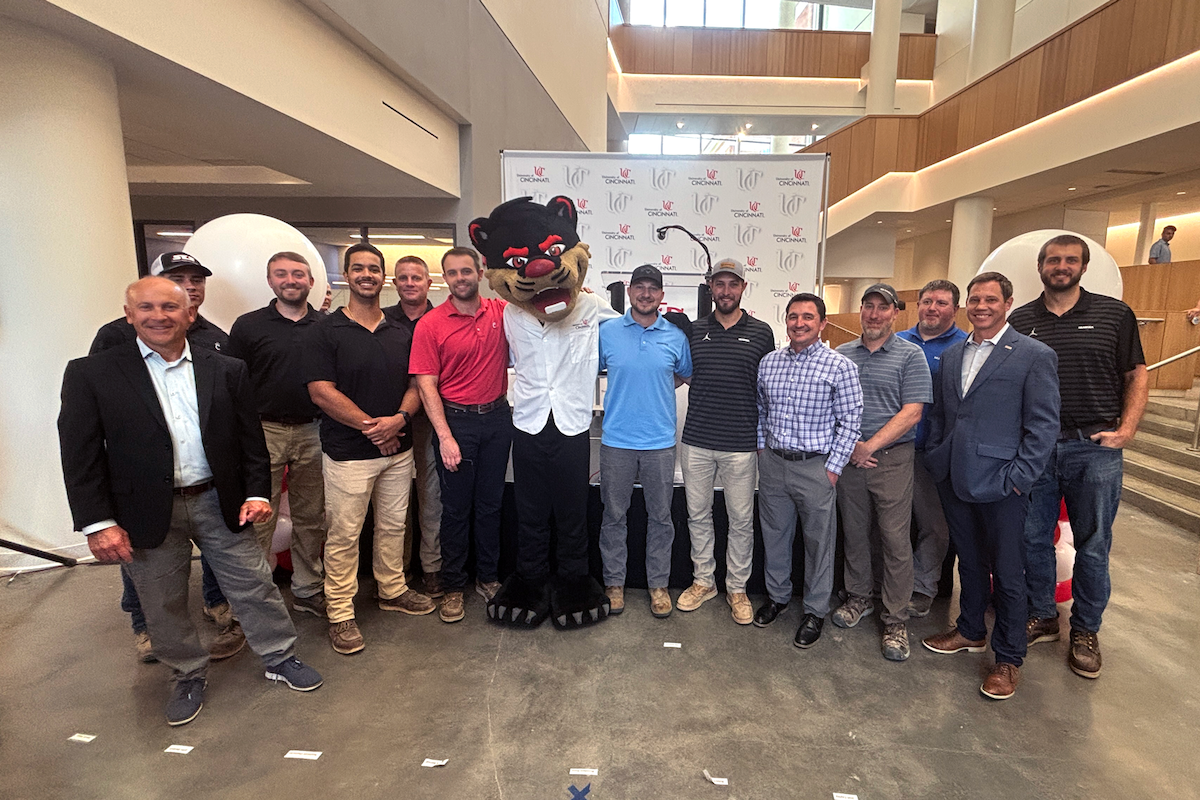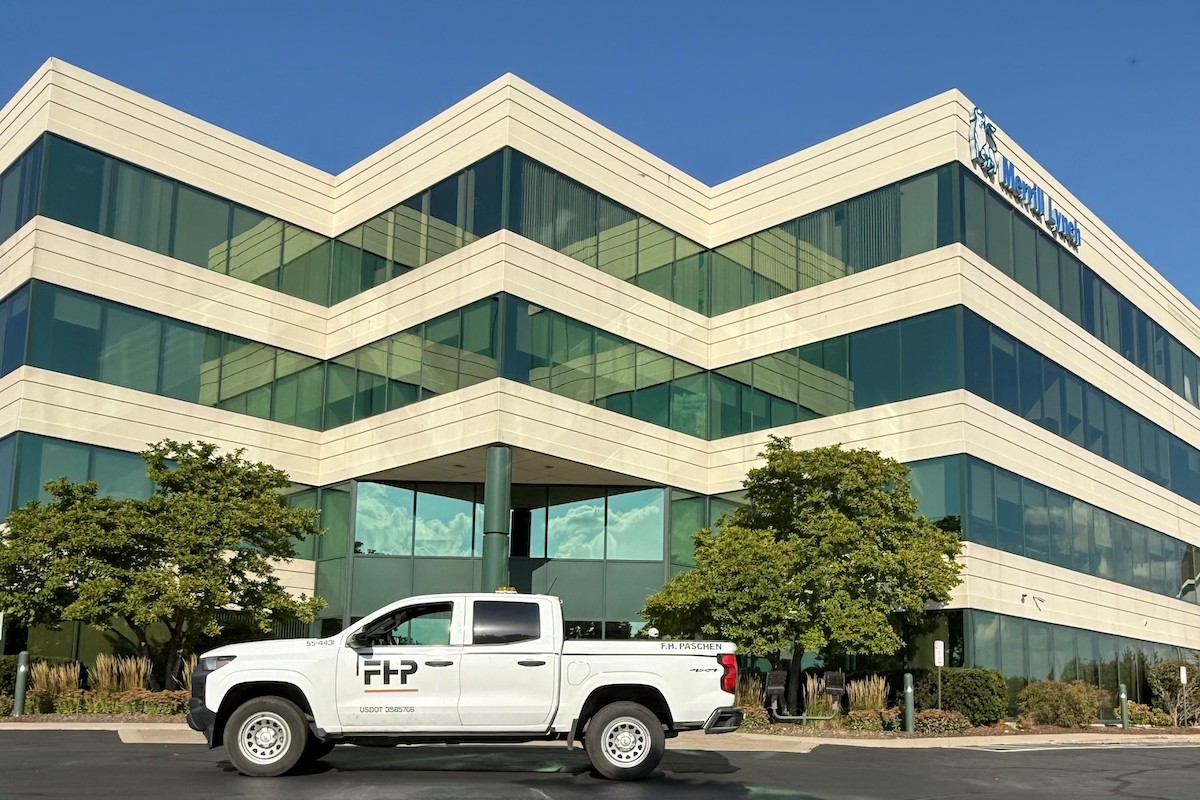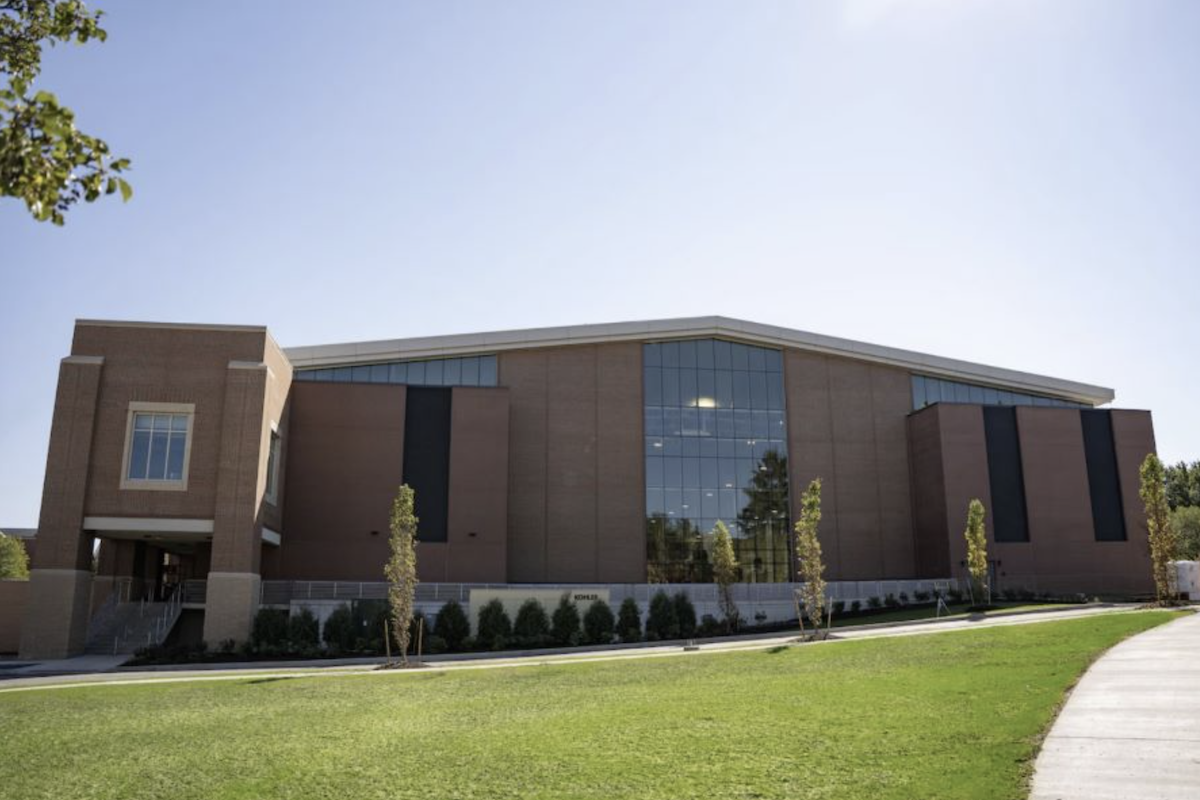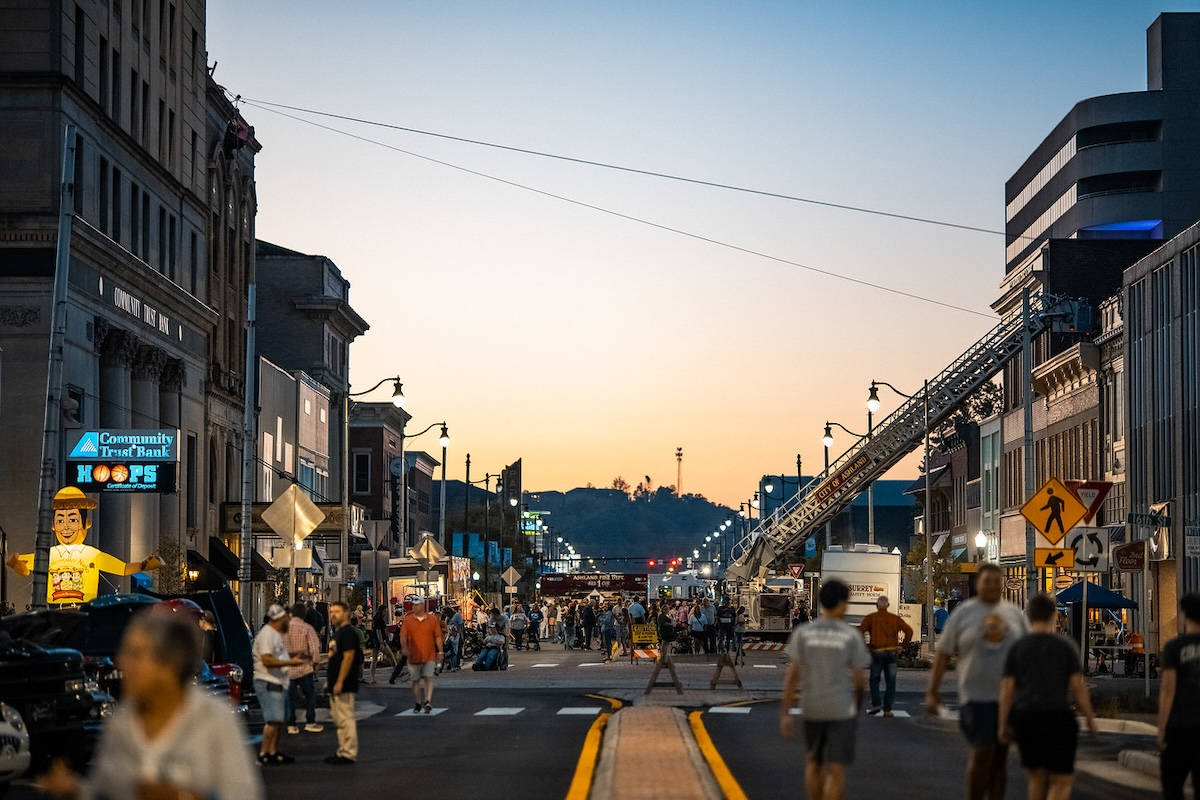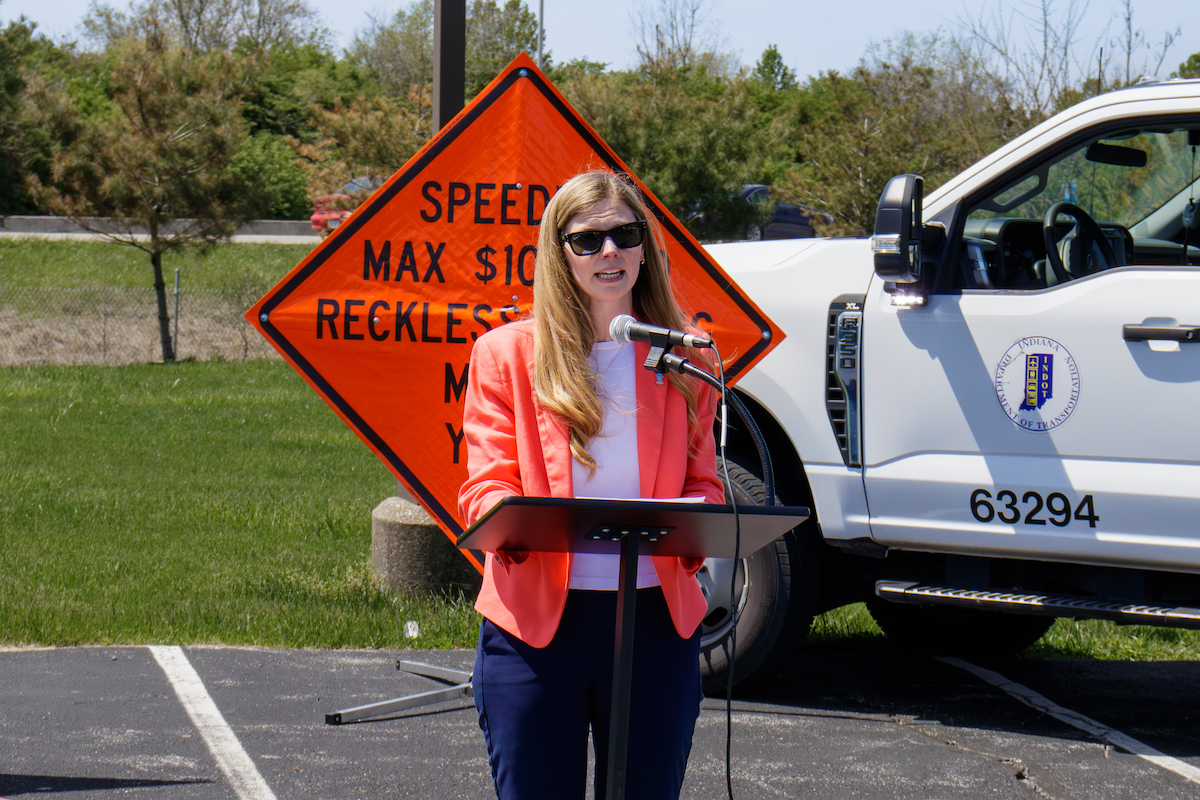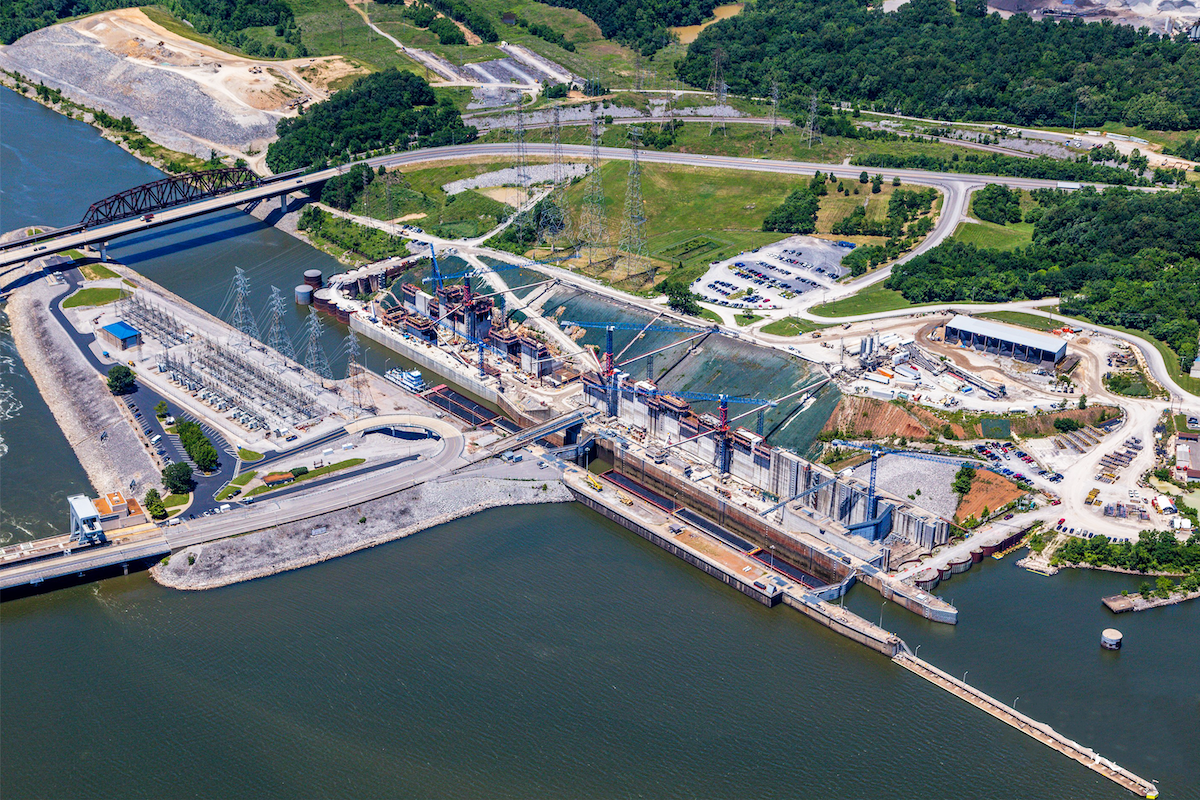The average daily traffic count along the project area is 109,000 vehicles and its projected to reach 215,000 vehicles by 2062. Just under 10 percent of the traffic is from trucks. The project length is 6 miles.
On this section of SR 99, the existing pavement is in a state of deterioration. This has been an issue for some time and has required Caltrans to provide continuous maintenance to keep it serviceable. A significant design decision that the team faced was how best to replace the deteriorating concrete.
Rather than going with the standard jointed plain concrete pavement (JPCP), which has a reinforced saw cut every 15 feet, the project will install continuously reinforced concrete paving (CRCP). The downside of JPCP is that as time passes, water gets into the joints and flushes material out, leading to cracking and eventually requiring repair and or replacement.
With CRCP, longitudinal rebar runs through the whole length of the concrete. The only saw cuts are at the lane lines. “CRCP enables longitudinal expansion, and anticipates cracks every few feet,” says Brent Haroldsen, a Construction Engineer with Caltrans, who provides oversight administration of the project. “However, there’s minimal localized spall failures where concrete pops out of the pavement, which allows it to have a longer life span.”

| Your local Wirtgen America dealer |
|---|
| Brandeis Machinery |
He explains that the steel in the slab acts like a rubber band effect, and the concrete will crack due to shrinkage, but it will manifest as a hairline crack on the surface. Sediment and water won’t intrude.
CRCP tends to cost about 15 to 20 percent more than traditional methods depending on the price of steel. However, it lasts longer and requires less maintenance. Caltrans has used it on multiple jobs in the past.
Each of the six lanes is being rehabilitated. The team is replacing all the concrete in the three travel lanes in both directions – except for one mile of lane number one on the south end. In addition, the shoulders are being widened and upgrades are being done to 32 drainage culverts, guardrails, signs, and electrical systems.
All 14 ramps in the work zone are being rebuilt with hot mix asphalt (HMA). The team is putting in concrete as part of the rebuild due to the high truck traffic on two of the ramps.
The final major element of the project is the lowering of the northbound freeway profile from 1.1 feet along 1,000 feet in one direction and 900 feet in the other. It will not impact any ramps. The profiles are lowered to increase vertical clearances and meet current standards.

| Your local Atlas Copco CMT USA dealer |
|---|
| Brandeis Machinery |
“There are columns that split the traffic around which the traveled way is a bit narrow and have less shoulder,” Haroldsen says. “There have been multiple accidents where drivers have hit the K-Rail.”
Because two of the northbound lanes are shifted into the southbound travel way and one lane remains in the northbound travel way, an accident or any other blockage leads to major backups. Therefore, the team installed a few elements to alert motorists of slow traffic conditions and there’s a tow service on-call to quickly serve vehicles and keep traffic flowing.
Another challenge has been some grades which were a bit off. There’s an underground canal that goes through a box culvert. “We discovered that one side didn’t meet minimum clearance, so we had to adjust the profile to go up and over it,” Haroldsen says.
The final issue is impacting construction projects and business across the country – the supply chain. The contractor’s cement supplier, located in Southern California, ran out of product. They were able to source some material from Mexico while local supply chains caught up on production. However, every time they got a new mix, it had to be approved by Caltrans, which takes two months to grant approval.
However, the project is a bit behind due to the cement shortages/changes noted above. In addition, the contractor and subcontractors have had some COVID-19 issues leading to the workforce missing time.

| Your local Bobcat dealer |
|---|
| O'Leary's Contractors Equipment & Supply |
Haroldsen notes that the contractor – Security Paving Company, Inc. out of Southern California – expedited the schedule to try and make up for the lost time. “They will work on weekends and nights to make up the time.”
Security Paving Company, Inc., which has worked with Caltrans many times, was selected based on their bid and schedule. It’s a cost-plus-time contract. Every day is attributed a dollar amount for bids, so the low bidder is not automatically selected. Caltrans typically uses this type of contract when they want to get work done quickly.
At this point, the project is on budget. The $61 million contract is being paid for primarily by the federal government. The state government is paying approximately 13 percent.
When the project is complete, the community’s patience will have been worth it. There will be greater visibility and an upgraded concrete median barrier on the freeway, which suffers from the fog in the winter. The wider inside shoulder, new barriers, guardrail, lighting, and signage will help motorists stay safely in their lanes and prevent collisions.


















